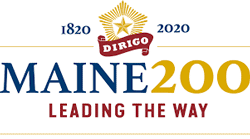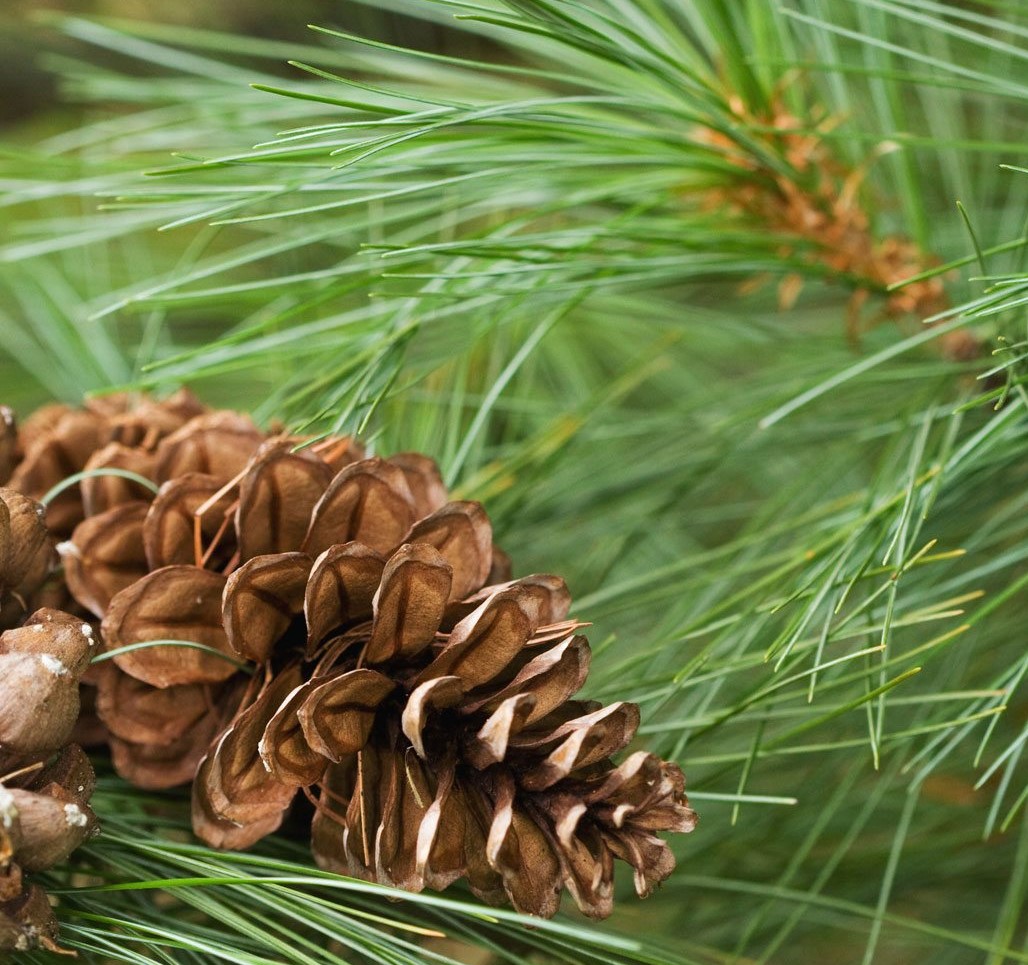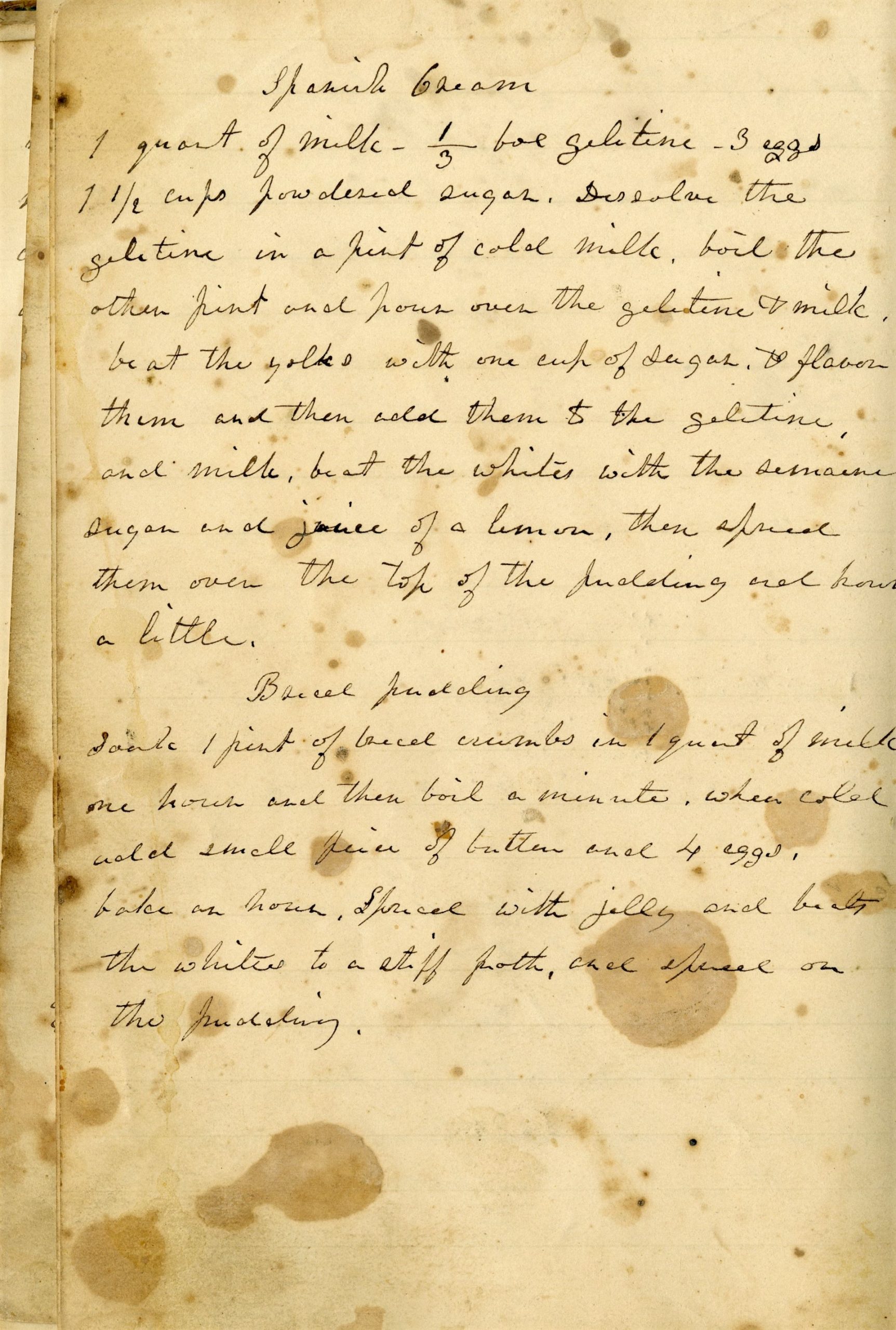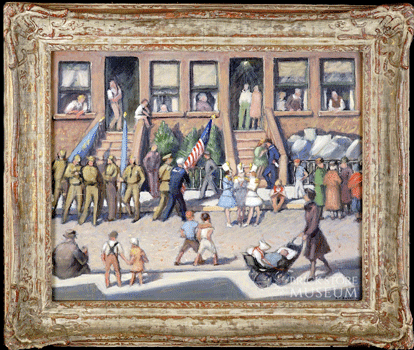Welcome to the Century Saturdays Series!
Welcome! It’s time to explore 16th Century Maine.
This program was originally created as a live museum event, included in the price of daily admission. While this online event is free, please consider making a donation in lieu of the cost of a ticket (only $10 for a family of five!), or any amount, to help the Museum navigate these uncertain times.
A short welcome and introduction from Museum Director Cynthia Walker.
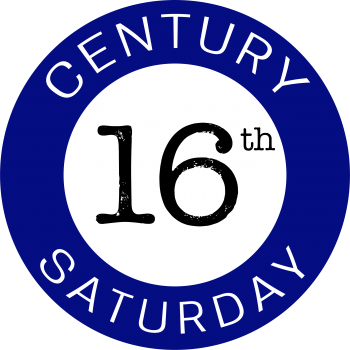
Pop-Up Artifact Exhibit:
Guest Lectures:
Dr. Arthur Anderson: 16th Century Archaeology
Tim Spahr: The Cape Porpoise Archaeological Alliance
Foodways:
Maine’s indigenous peoples, whether Wabanaki or other regional Algonquian tribes, ate little raw food beyond berries and fruits. As opposed to 19th & 20th Century stereotypes, Native American cuisine was as versatile as European cooking. Most food was prepared by baking, boiling, frying, and roasting; using local ingredients to make extremely healthy dishes. As in any culture, the availability of food and changing ecological conditions dictated, over time, how families and tribal groups produced food. According to recent studies, the purposeful planting (gardening) of vegetables like corn is what caused several nomadic peoples to become more sedentary in established villages between 1300 and 1400 C.E. (Common Era).
Native peoples used stones as slabs for cooking or as bowls for grinding food like corn into baking materials. They hollowed out and then dried gourds to use as spoons, bowls, and storage containers. Women also made cooking pots from woven materials coated with clay for insulation. Hot wood coals could be placed in a basket to roast meats; and hot stones could also be used to cook or heat other foods.
A simple dish like succotash, would be easy to cook and created a complete protein from a combination of corn and beans.
Dishes like stews, popcorn, clambakes, baked beans, corncakes, and hominy were popular, and used what was locally grown. Especially in the region of Maine and coastal New England, stews were popular as they were blended meals that included fish, game and all kinds of vegetables. Often meat would be boiled on the bone, and the bones would then sink to the bottom of the pot while the remaining edible portions remained at the top. Stews were thickened with husked nuts like powdered acorns, chestnuts, and walnuts.
Food conservation was incredibly important. For instance, squash could be prepared and eaten in a variety of ways, and this typically included seeds and blossoms of the plant. Items that we commonly “throw away” today can actually be used for other purposes. While we no longer use animal bones to create tools, for instance, most plant and food materials can be composted and turned into gardening soil, instead of thrown in the trash.
How can you put these lessons into practice in your own kitchen?
Consider exploring these websites for further knowledge on indigenous foodways:
Indigenous New Hampshire Foods & Cooking
Champlain University Foodways & Culture Digest
CDC’s Traditional Foods in Native America (not New England specific)
Activities:
Further Resources to Explore:
- Native-Land – interactive map that helps us discover the indigenous land on which we all live, and what peoples lived here before the arrival of European settlers.
- Wabanaki Traditional Lifeways Study – completed by the Environmental Protection Agency. Further reading and detail on lifeways and traditions that continue today.
- Maine-Wabanaki REACH – this organizations works with Wabanaki and Maine communities to address relationship building and rejuvenating traditional culture through addressing Wabanaki communities’ needs and aspirations. We engage Maine people to acknowledge the full truth of the past, embrace the full truth of the present and commit to creating a just future, no matter what obstacles are in our path.
- Abbe Museum – Maine’s only museum completely dedicated to the presentation of Wabanaki history and culture.



